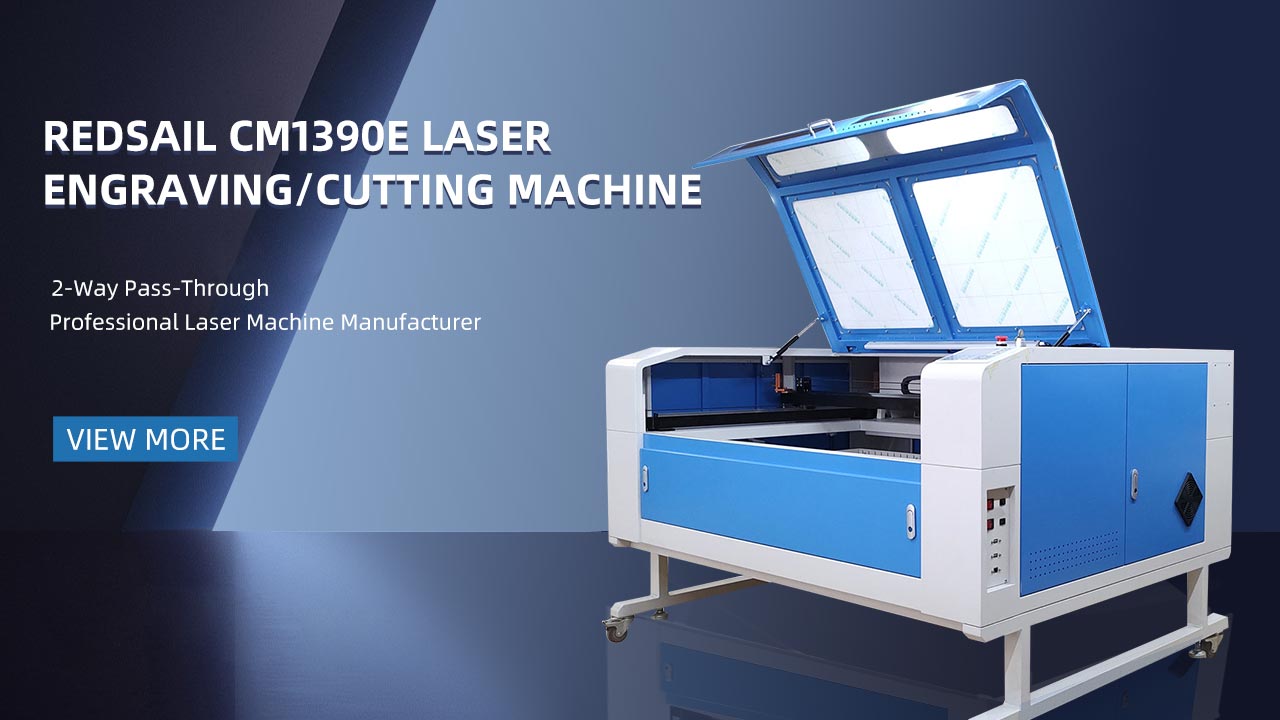Laser cutting machines use different auxiliary gases for cutting different materials. Depending on the thickness of the cutting material, the pressure of the auxiliary gas and the required flow rate are different, and the pressure of the auxiliary gas has a direct impact on the results of laser cutting.
The working gas of the laser is used to generate laser light; the protective gas is used to protect the optical device and drive the shutter. The working gas of the laser is mixed with helium, nitrogen and carbon dioxide according to a certain ratio. This ratio is predetermined in the factory to ensure the best performance; the auxiliary gas can not only blow away the slag in time, but also play a role in cooling the workpiece and cleaning the lens. Different auxiliary gases can change the cutting speed and the surface quality of the kerf, which is of great significance to the cutting of special metals. The types of auxiliary gases include oxygen, air, nitrogen and argon.
Air nitrogen is used as a protective gas during cutting to prevent the occurrence of oxidation film; argon is used for titanium metal cutting.
- Compressed air
Air is suitable for cutting aluminum sheets, non-metallic and galvanized steel sheets. To a certain extent, it can reduce oxide film and save costs. Generally, it is used when the cutting plate is not relatively thick, and the requirements for the cutting end face are not too high, and it is widely used in the product industry. - Nitrogen
Nitrogen is an inert gas, which prevents the oxidation of the cutting end of the product during cutting and prevents burning (it is easy to occur when the sheet is thick). Nitrogen gas can be selected for products that have higher requirements on the cutting end surface and are exposed to the outside without treatment. Such as some decoration industry, aerospace and other special parts; - Oxygen
Oxygen mainly plays a combustion-supporting role, which can increase the cutting speed and thicken the cutting thickness. Oxygen is suitable for thick plate cutting, high-speed cutting and extremely thin plate cutting, such as some larger carbon steel plates and some thicker carbon steel plate structural parts, oxygen can be used.





